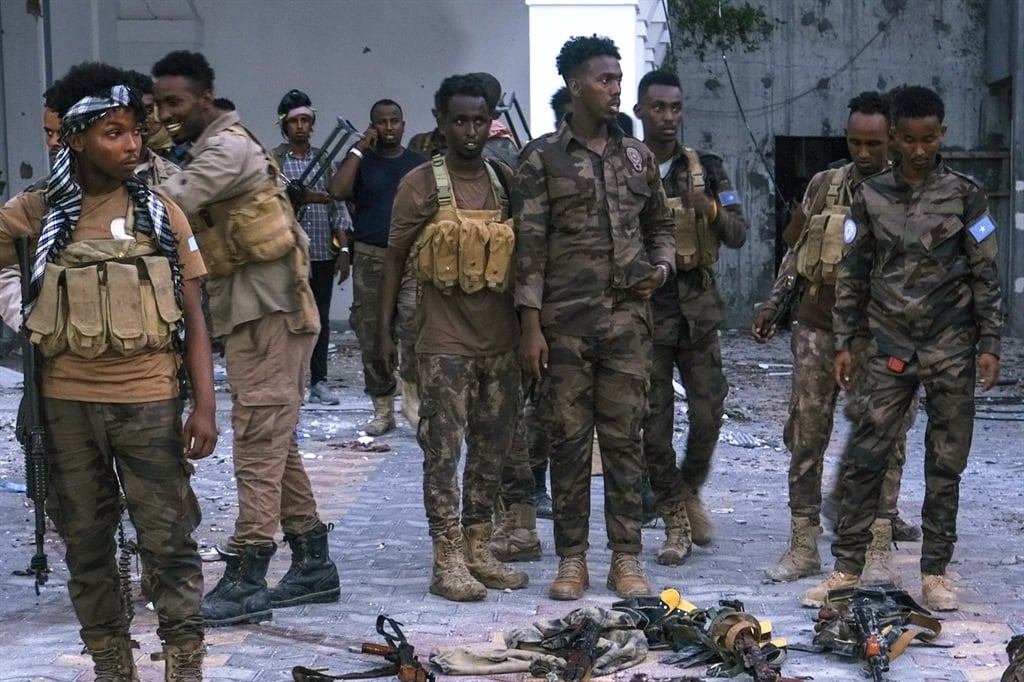
November 9, 2023
After making significant progress, Somalia's offensive against the Islamist Al-Shabaab group has stalled for months, raising concerns about the government's capacity to crush the 16-year insurgency led by the Al-Qaeda-linked militants.
Here are the key questions surrounding the offensive:
Why are operations on pause?
The offensive was launched in August 2022, when the Somali government decided to wage "total war" against Al-Shabaab, joining hands with local clan militias.
For six months, the army and clan militias -- with air support from the African Union ATMIS forces, the United States and Turkish drones -- recaptured territory in central Somalia, notably seizing Islamist bastions in Adan Yabal and Harardhere.
But progress stalled as the militants exploited factors in their favour.
These included the death in combat of a major army commander, the arrival of new, inexperienced battalions and the reduced involvement of the clan militias.
President Hassan Sheikh Mohamud travelled to the front line to relaunch operations, telling Somalis on August 18 that his government would "eliminate" the jihadists by the end of the year.
But on August 26, Somali forces suffered a crushing defeat in the town of Cowsweyne, under unclear circumstances.
"There is no other place where government forces have suffered such a major loss," Mohamud later admitted, without revealing the toll.
Analysts and government officials have suggested troop casualties ranging from several dozen to more than 100, with the militants also seizing armed vehicles, weapons and other equipment.
The rout marked a turning point.
"The government's response to the attack was so muddled that other forces withdrew in protest from many towns that had been captured. The morale of the forces was very low," a source with knowledge of security matters told AFP on condition of anonymity.
Since the pullout from key towns such as El-Dheer, Galcad and Masagaway, the offensive has been at a standstill.





